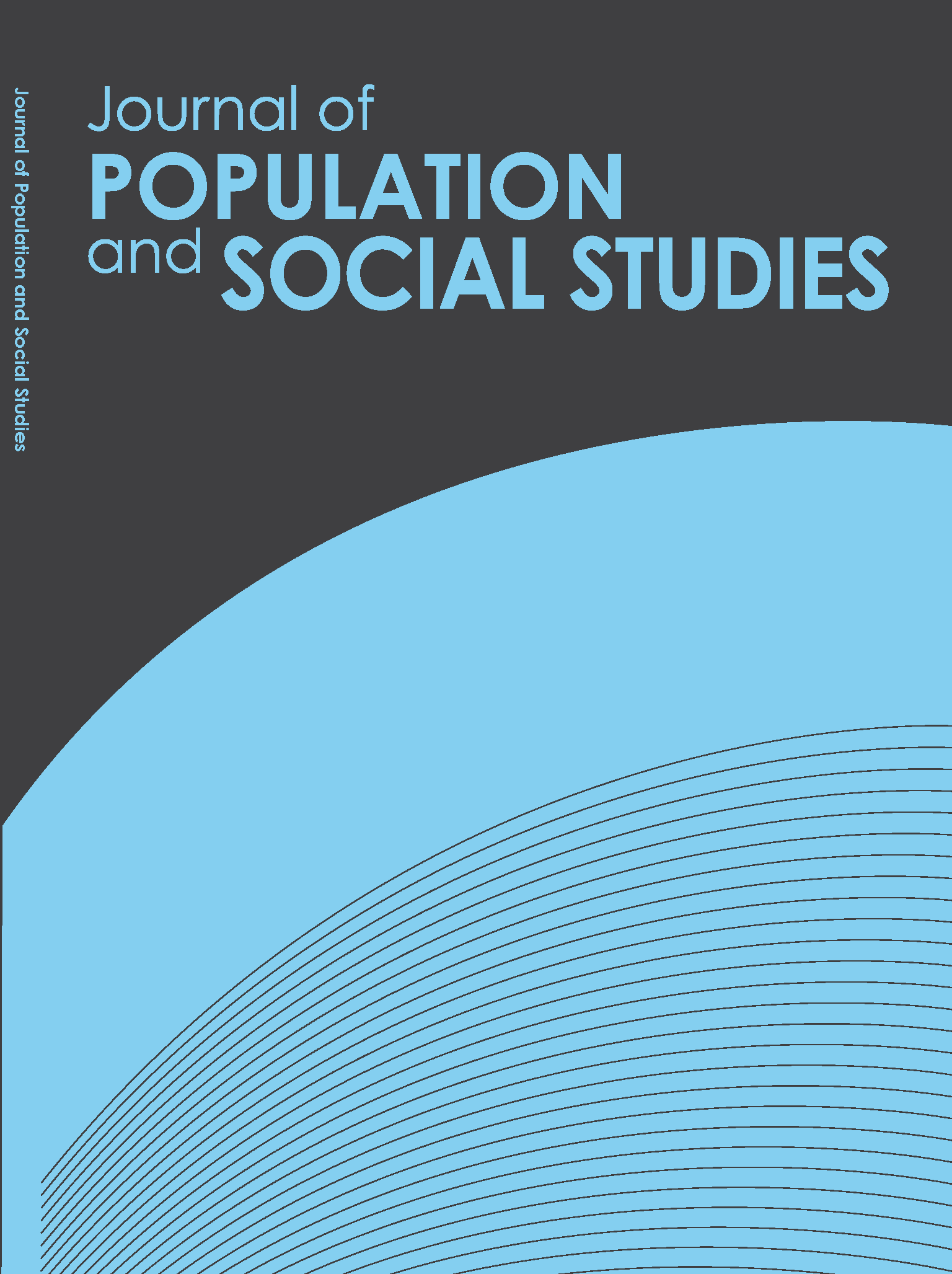Gap between Perception and Behavior of Men about the Sexual and Reproductive Rights of Women in India
Main Article Content
Abstract
This paper explores the gap between the perception and actual behaviour of Indian men towards the sexual and reproductive rights of women in the country. Data from National Family Health Survey (NFHS, 2005-2006) and from Coordinated HIV/AIDS Response through Capacity Building and Awareness (CHARCA, 2007-2008) was used. Results revealed a considerable gap in men’s perception and behaviour. The gap is almost double in the state of Bihar compared with national average. It (the gap) is more conspicuous in districts than their respective states. Positive communication to address power dynamics within marriage is vital and needs to be promoted to tackle this issue.
Article Details
References
Acharya, A., Ram, F., Jejeebhoy, S., Singh, A., Santhya, K.G., Ram, U., & Mohanty, S. (2009). Physical and sexual violence within marriage among youth in India: Findings from the Youth in India, Situation and Needs Study. Paper presented at the XXVI IUSSP International Population Conference, Marrakech, Morocco, 27 September – 2nd October.
Acharya., R., Sabarwal, S, & Jejeebhoy, S. (2012). Women’s empowerment and forced sex within marriage in rural India. Economic and Political Weekly, Vol XL, VII (2), 65-69.
Alam, M. (2013). Mass migration from kishanganj, purnia division and its affects! Time to curtail its rate. Kishenganj Bihar. Com- A gateway to Bihar’s heaven. Retrieved from https://kishanganj.blogspot.in/2013/05/mass-migration-from-kishanganj-purnia.html
Barker, G., Contreras, J.M., Heilman, B., Singh, A.K., Verma, R.K., & Nascimento, M. (2011). Evolving Men: Initial Results from the International Men and Gender Equality Survey (IMAGES). Washington, D.C.: International Center for Research on Women (ICRW) and Rio de Janeiro: Instituto Promundo.
Berg, M. J., Kremelberg, D., Dwivedi, P., Verma, S. Schensul, J. J. J., Gupta, K., Chandran, D. & Singh, S.K. (2010). The effects of husband's alcohol consumption on married women in three low-income areas of Greater Mumbai. Aids behavior, 14 Suppl 1, S126-135.
Caceres, C., Marin, B., & Hudes, E. (2000). Sexual coercion among youth and young adults in Lima, Peru, Journal of Adolescent Health, 27, 361-367.
Chadda, S. (2016). Is India a patriarchal society? Youth Survey. Retrieved from http://www.womanendangered.org/india-primarily-patriarchal-society/
Chowdhary, N. & Patel, V. (2008). The effect of spousal violence on women’s health: Findings from the Stree Arogya Shodh in Goa, India. Journal of Postgraduate Medicine, 54, 306–12.
Coleman, D.H., & Straus, M.A. (1983). Alcohol abuse and family violence. In E. Gottheil, K. A. Druley, T.E., Skoloda, & H.M. Waxman (Ed.) Alcohol, drug abuse and aggression, Springfield IL: C. Thomas, 104-124.


